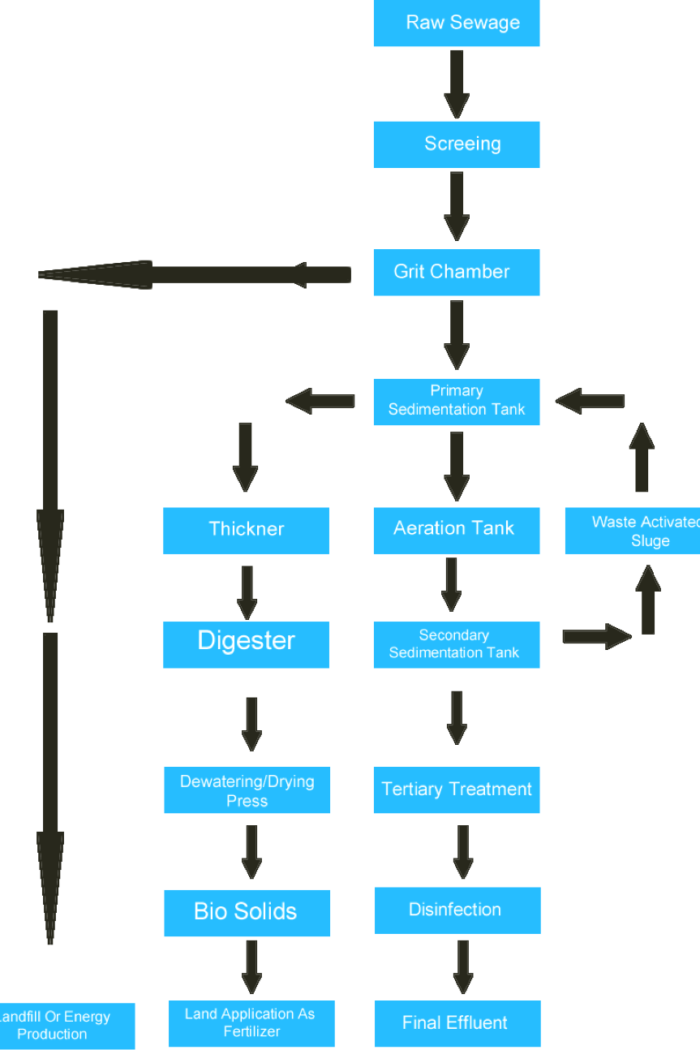Now every industrial facility that produces wastewater will require zero liquid discharge (ZLD). Zero Liquid Discharge (ZLD) is a treatment process for industrial or domestic Waste water(Effluent) to reuse and to reduce consumption of natural resources being beneficial to environment and human being.
ZLD systems employ the most advanced wastewater treatment technologies to treat and recycle virtually all of the wastewater produced by industries.
ZLD technologies help industries to meet discharge and water reuse requirements, enabling businesses to Meet stringent state and center pollution board discharge regulations.
This Technology not only help industries to reuse waste water even Treat and recover valuable products from waste streams, such as, caustic soda, sodium sulfate, potassium Sulfate, gypsum. Zero Liquid Discharge technology also play a vital role to reduce production cost to automobile industries by recovering valuable product from its effluent, Nickel Crome Etc.






